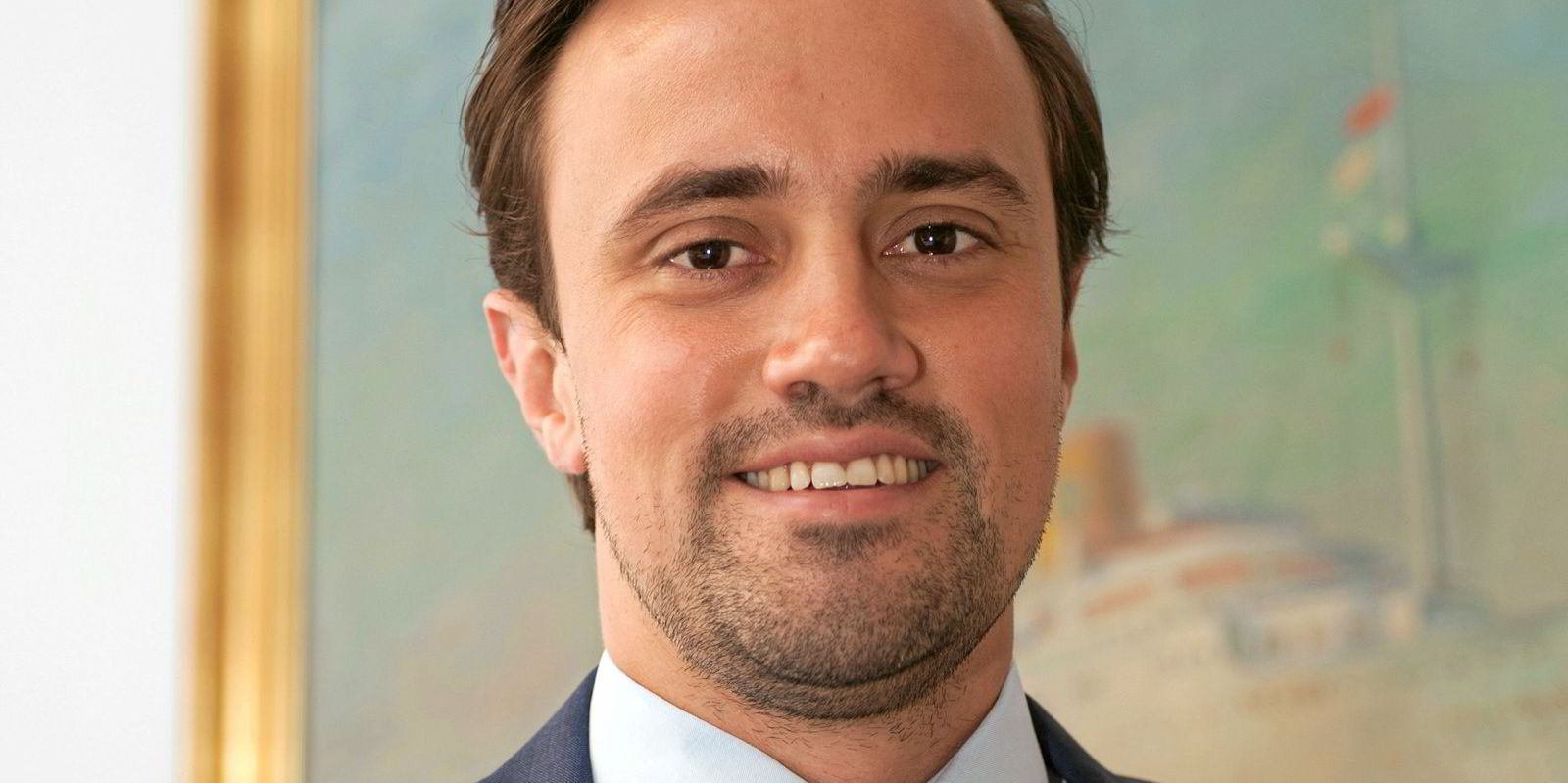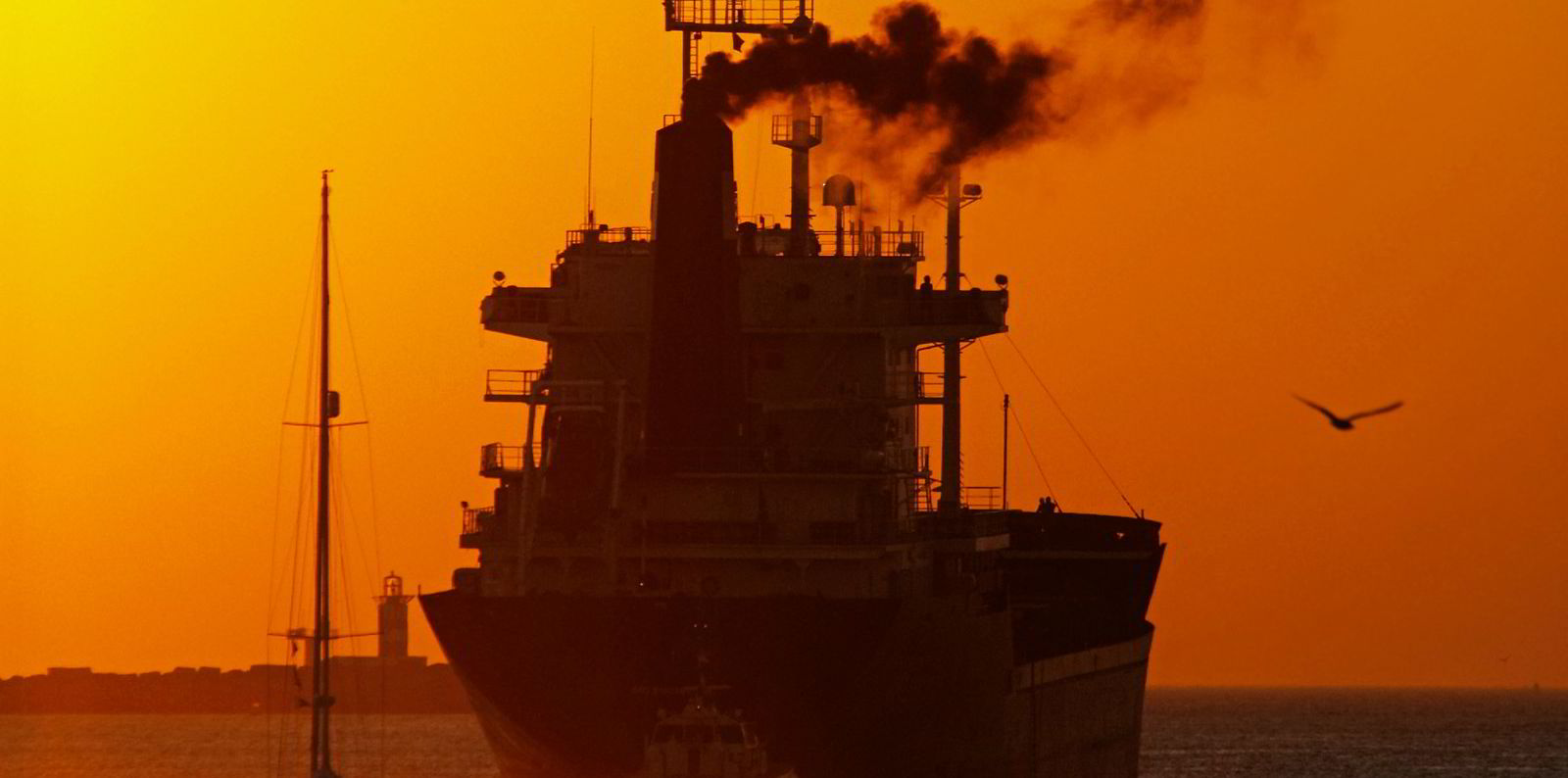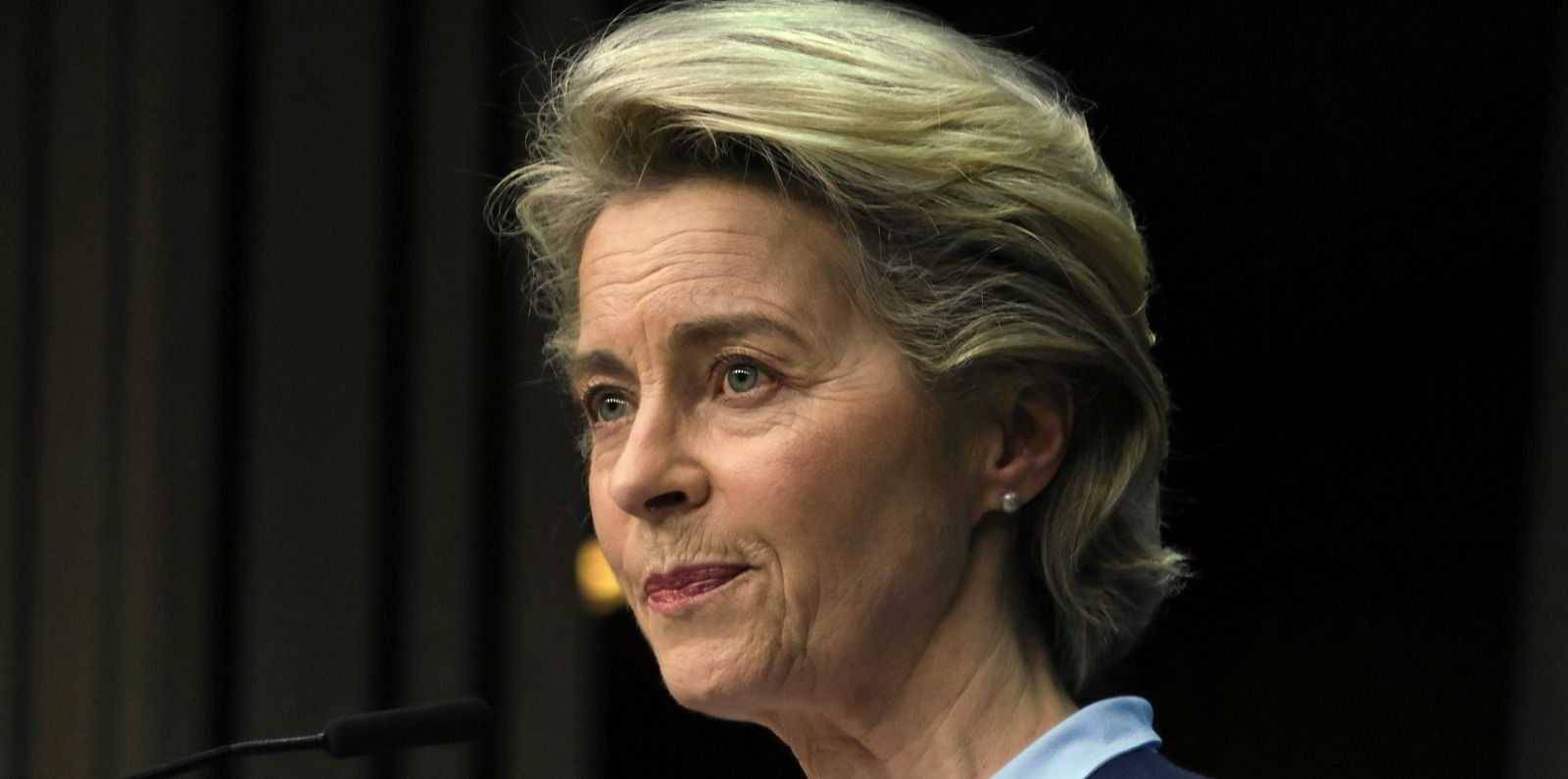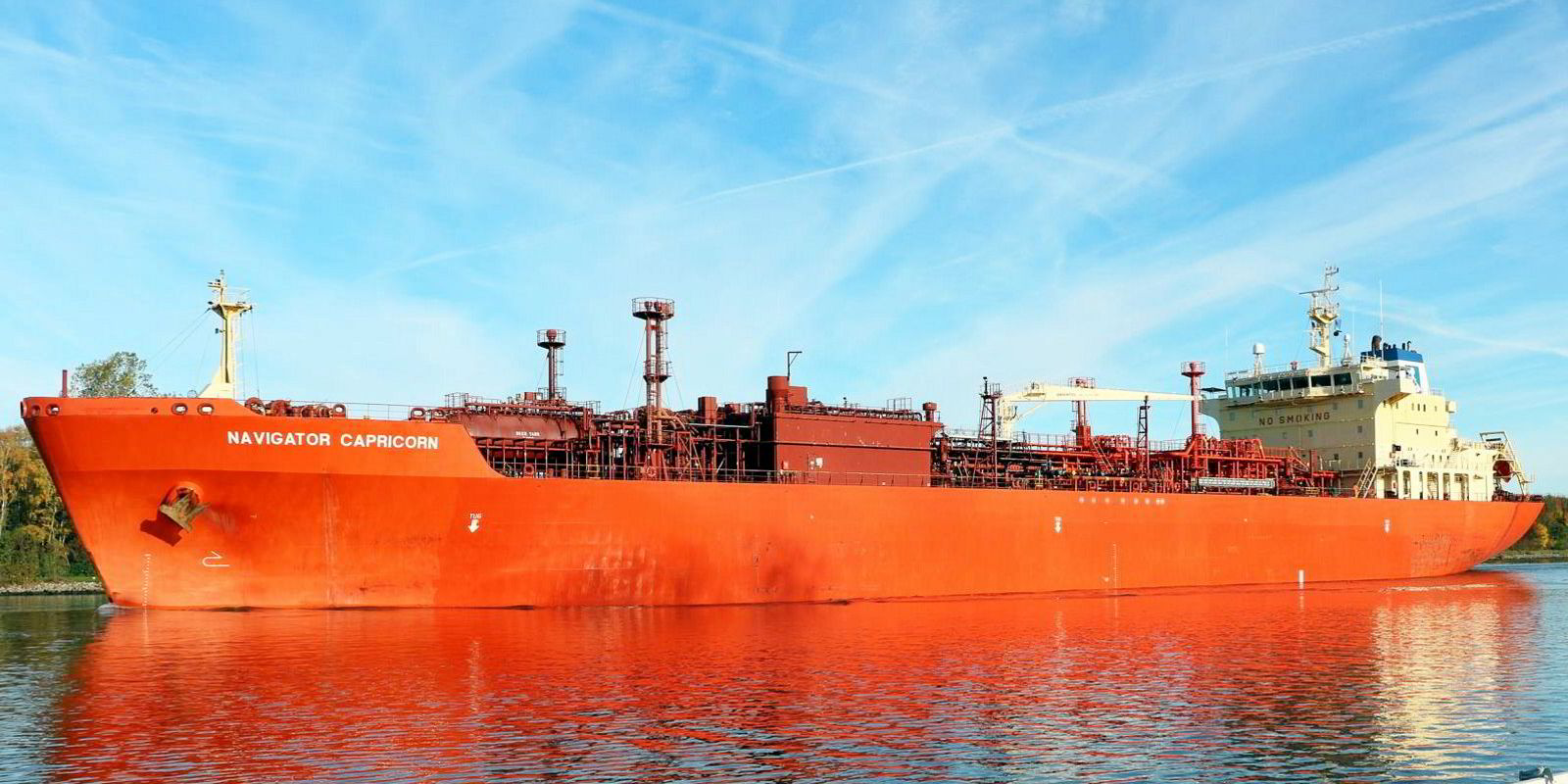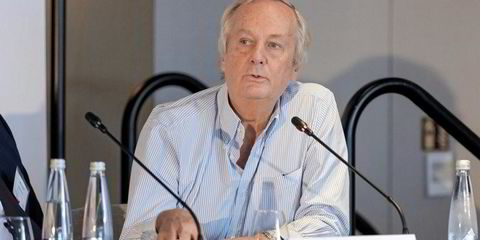Shipping is set to be included in the European Union emissions trading system (ETS) and carbon prices are on the rise. Traders are getting ready, brokers are setting up and shipowners need to wise up.
Carbon hit a record price of just over €45 ($54) per tonne in Europe in April, but prices for credits vary wildly around the world.
The ETS is built on a decarbonising mechanism that lifts the carbon price partly by restricting the number of allowances (EUAs) that industries can buy. These are the allowances shipping operators are likely to have to start buying from January 2022.
“The EUA price looks set to move to €75 per ton in the third quarter of 2021 on the back of higher oil, LNG and TTF [forward gas] prices,” SEB Merchant Banking chief commodities analyst Bjarne Schieldrop forecast in mid-April as oil and LNG prices moved higher.
A voluntary market already offers the opportunity to buy carbon offset credits if shipping companies want to get involved now, but they will not be an alternative to buying EUAs.
Shipbrokers and commodity traders are fast gearing up to deal with shipping’s involvement in the ETS, and they already cater for voluntary offsets.
The latest to move was Swiss broker Ifchor, which is setting up a carbon emissions trading company with Dutch specialist ClearBlue Markets. Earlier in April, Trafigura said it was establishing a carbon trading desk.
Shipbrokers BRS, Clarksons and Affinity (Shipping) launched carbon desks in late 2020 and Braemar Shipping Services is plotting its entry.
Charterers, traders and oil majors probably already know how to work the market, but shipowners could be left behind and prices could get volatile, says Hugo Wilson, head of new unit Affinity Carbon Solutions.
EUA broking is not a complicated trade, being almost like a blockchain crypto-currency, says BRS partner Alexander Hochreutener, but with the details of shipping’s entry into the ETS still to emerge, “There are many open questions and we are trying to work out how things may work.”
As well as advising clients on how they see the market developing, both brokers’ growing carbon desks are focusing on the voluntary carbon offsets market.

Voluntary offset prices are a lot lower, but the market is not regulated, has had its difficulties and is opaque. That said, it can provide opportunities.
“Using carbon credits as a way for reinvesting in shipping itself is, I think, interesting. It’s where we have started looking,” Hochreutener tells TW+.
Wilson adds that voluntary trades are being done mainly with Asian end buyers for LNG, with the carbon tag potentially helping its credentials as a transitional fuel.
Voluntary offsets are supposed to remove a tonne of carbon from the atmosphere, and are often sold for $10 or less for small, low-finance environmental and community-led projects. By contrast, the ETS is a permit.
Each offset project has to be accredited, an area where there have been credibility issues in the past. However, there are reputable NGOs involved, such as the World Wildlife Fund, which set up the Gold Standard in 2003.
Hochreutener’s reinvestment approach has led to BRS setting up what he calls a ship efficiency platform to provide packages of various decarbonisation technologies as offsets.
One of the big delivery companies has a tender out for transport credits, but very few are yet available. “So we are going out to shipowners and saying: ‘There is demand and this is an alternative financing tool for your retrofits’.”
BRS’ approach would see owners record a baseline for a vessel’s current emissions before it goes for a dry-docking to retrofit energy-saving devices.
“For the next five years, carbon credits would be produced by the difference between the baseline and the retrofitted emissions of the more efficient vessel. They can be sold as transportation carbon credits to the aviation sector, other shipowners that want to offset, banks that are stakeholders in shipping or other financial services going carbon-neutral,” Hochreutener explains.
Something similar was done by the Sir Richard Branson-originated NGO The Carbon War Room in 2017 when it arranged a $1.2m retrofit of efficiency improvements to three 10,536-dwt general cargo sisterships. German owner Hammonia, charterer Intermarine and the vessels’ financier agreed a revenue-sharing deal over the package aimed at making 25% fuel savings.
The first voluntary shipping carbon offset was a 2014 deal involving the use of AkzoNobel’s International Paints biocide-free antifouling hull paint by Grimaldi Lines and Lykiardopolou, which generated carbon credits that traded at $5-$10 per tonne.

Hochreutener admits these voluntary deals can be complex to put together between charterers, owners, shipyards, technology providers and financiers.
“We realised this is a great opportunity for a shipbroker, because we know all these people. It made sense that what has been missing for retrofit carbon credits was someone who could connect all the dots,” he says.
Voluntary markets could become “one of the most important financial instruments of this generation if done well”, says Wilson, pointing to former Bank of England governor Mark Carney’s role in heading the Taskforce on Scaling Voluntary Carbon Markets, an initiative involving 50 companies and organisations.
Carney has said he can see the voluntary market growing to $50bn by 2030 if the taskforce can set key compliance standards that are verified by an independent third party.
Most of the action in the voluntary sector is being led by the energy majors. They are buying credits from projects around the world that they can parade as evidence of their green intentions. Climate activists often dismiss it as “greenwashing” that does nothing to stop the polluters emitting greenhouse gases.
However, if Carney can make the market work beneficially, then prices will rise alongside, though not necessarily in tandem with, ETS levels, as big polluting companies such as steelmakers and airlines offset emissions as well as cut them.
In March, a potential first step towards a global price for voluntary carbon credits was taken when US derivatives market CME launched its global emissions offset contract, named Geo. It provides an exchange-traded system for pools of voluntary projects.
A recent low in prices for the Corsia credits system set up by international airlines was caused by the collapse of the aviation market due to Covid-19 restrictions on travel, but levels will probably revive as the economy rebounds.
This could lead to greater correlation between the voluntary and ETS markets, says Hochreutener, who warns that “the shipping community needs to be aware of potential price swings”.
Wilson agrees: “I think there will be [price] volatility and that hedging will be extremely important — just by the fact of the ETS’ design, by which fewer allowances are issued every year. We have seen it already where the price has come from in March 2020, when it was €15, maxing out at about €30 before Covid.”
